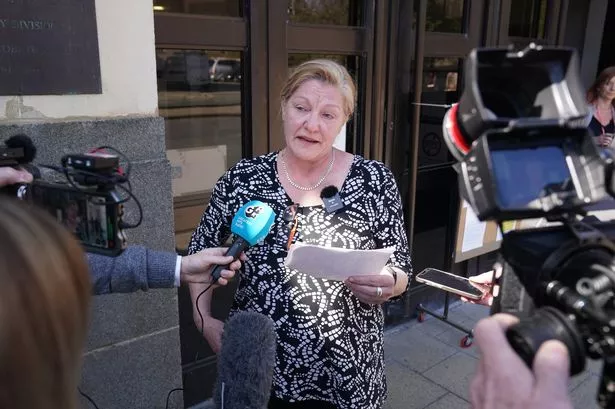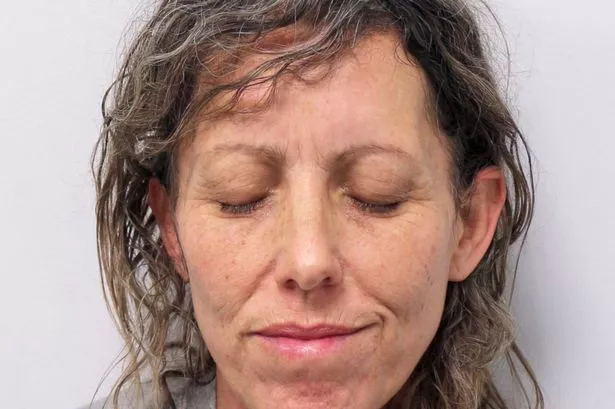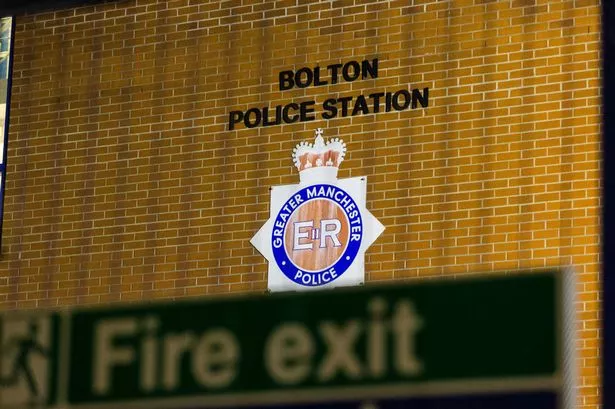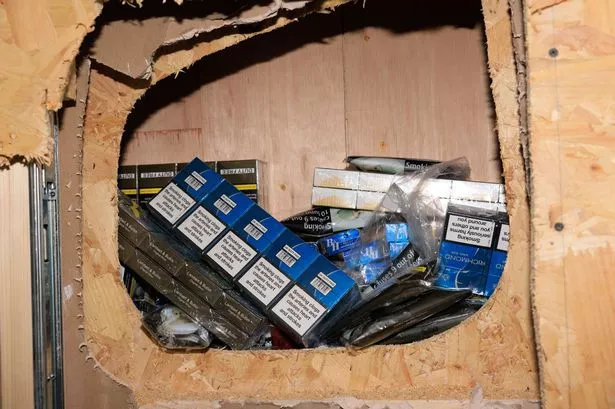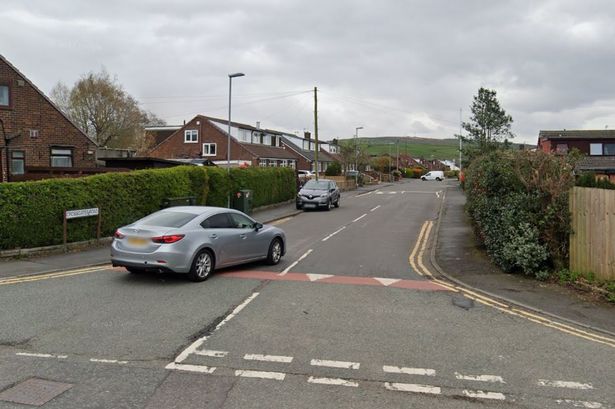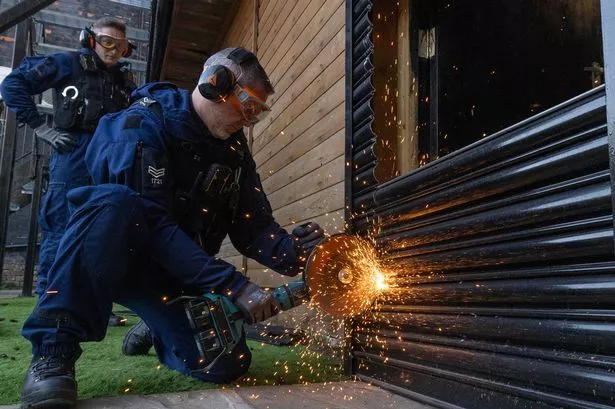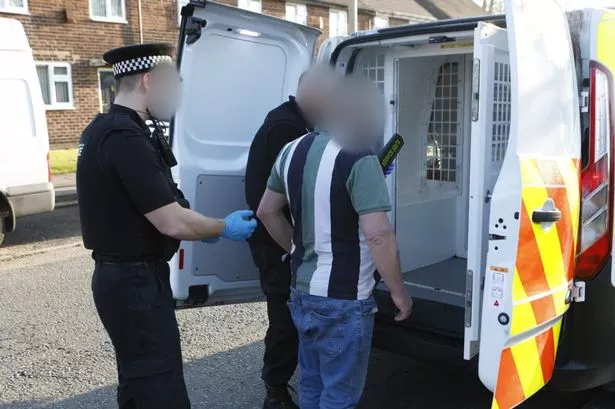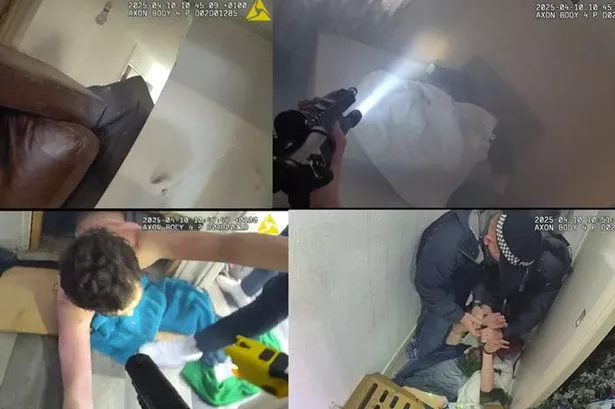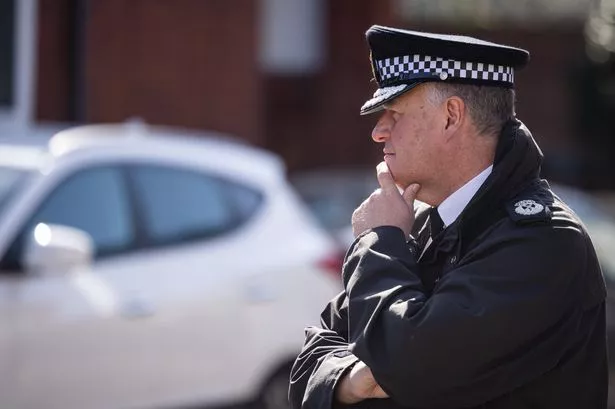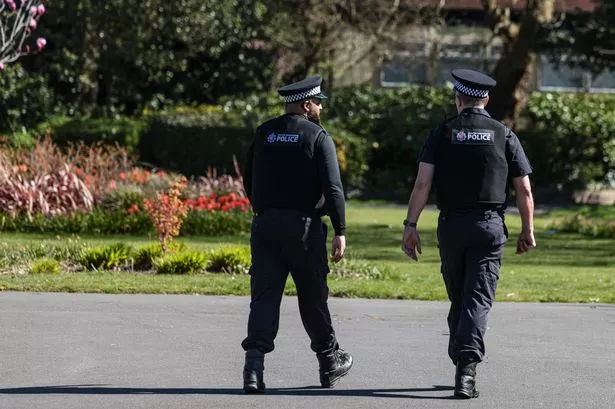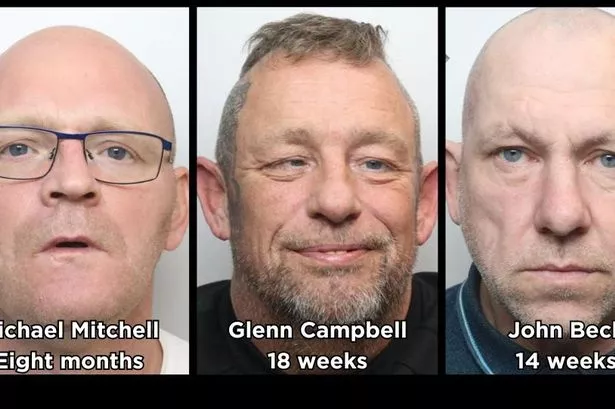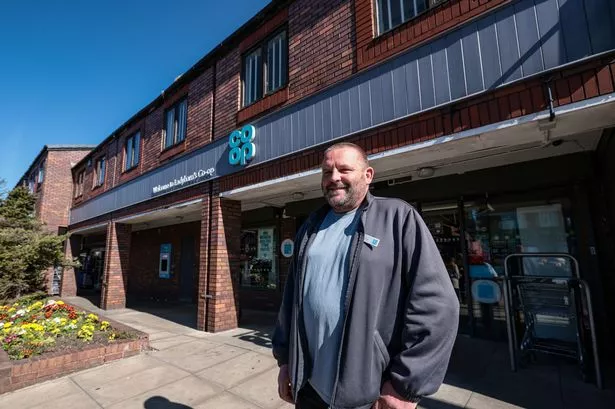What is Manchester's Crime Rate?
Manchester, the second-largest city in the United Kingdom, is a microcosm of the country's diverse challenges and triumphs. Its status as a global hub for education, innovation, and business has attracted people from all walks of life, contributing to its vibrant and cosmopolitan nature. However, with growth comes challenges, one of the most pressing concerns is the city's crime rate.
Contents:
1.The Crime Rate in Manchester
2.Areas in Manchester with a High Crime Rate
3.The Crime Type in Manchester
4.Factors Influencing Crime Rate
5.Government and Policy Responses
6.Challenges and Opportunities
1.The Crime Rate in Manchester
The crime rate in Manchester is 17,469 incidents per 100,000 population, according to figures published by the ONS for the year ending September 2023. In the year ending September 2023, there were 99,397 incidents of crime, a 7 decrease in incidents when compared to the previous year. Compare crime rate by area.The number of incidents of crime in Manchester fell by 0.0% between the years ending September 2022 and September 2023. Between 2014 and 2023, crime incidents on average grew by 7.9% per year.
From(https://crimesinmyarea.co.uk/borough/manchester/)
The map below shows in the twelve months to end of 2024 Q1 (12 months ending) Manchester had recorded 162.79 crimes per 1000 people. This had decreased from 180.24 crimes per 1000 people in the last equivalent period. The number of recorded offences (excluding fraud) in Manchester for the past 12 months was 94,406 crimes.

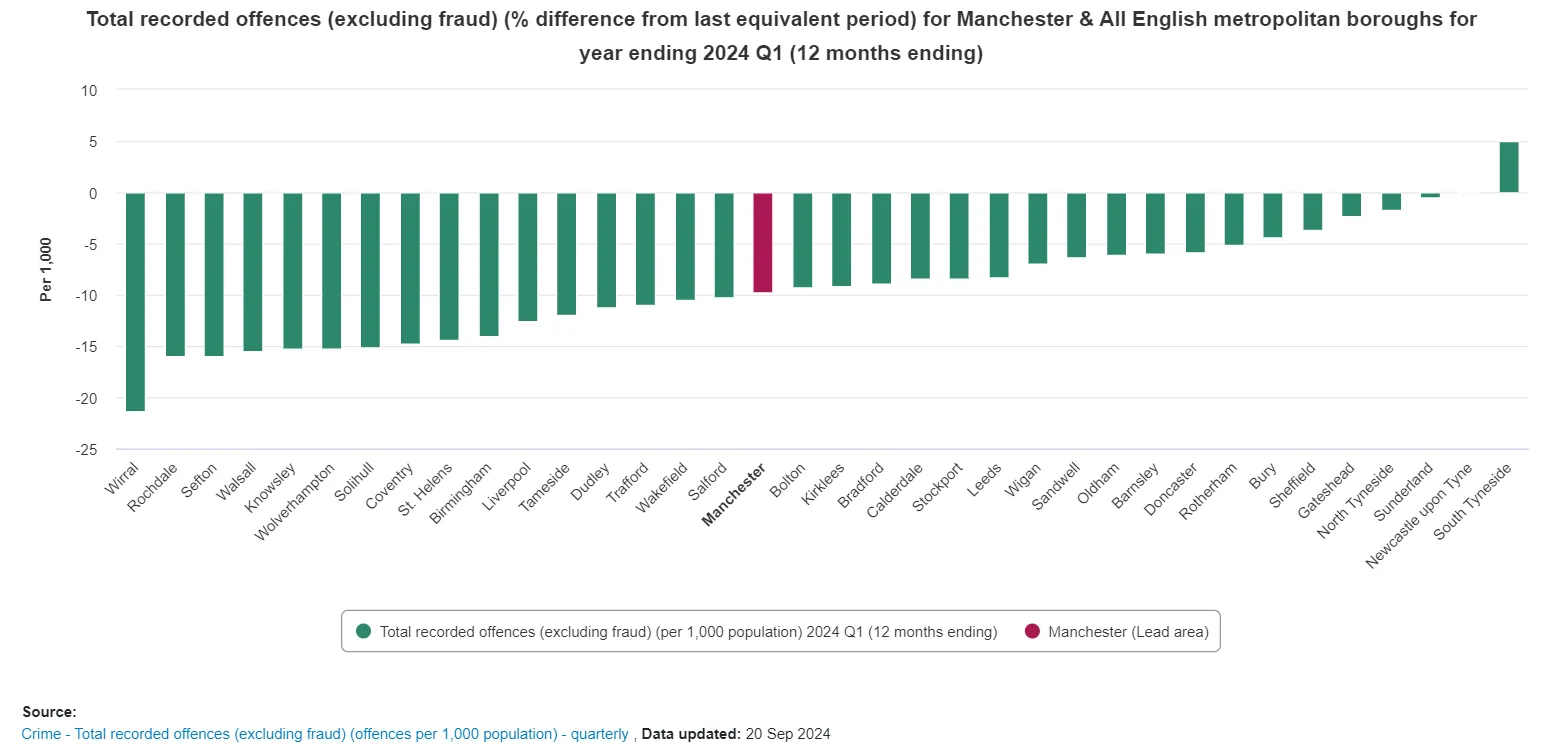
From(https://lginform.local.gov.uk/reports/view/lga-research/lga-research-report-police-recorded-crime)
2.Areas in Manchester with a High Crime Rate
Several areas within Manchester and Greater Manchester have a high crime rate. These “rough areas” have high crime rates, which are usually due to the high levels of unemployment, poverty, and drug and alcohol use that are often seen.
Within the main areas of the city, high crime rates are usually related to anti-social behaviour and drug use, which often occur within city centres. With a large population comes increased crime and disorderly behavior.

Here is a list of the areas in Manchester and Greater Manchester with a high crime rate:
The city centre is the epicentre of the most common crimes, such as vandalism, theft, and drug use. The city’s transport hubs are usually where these sorts of crimes occur. Take care to avoid these at night, and keep expensive personal belongings hidden.
Located about ten miles northeast of the city centre, Rochdale is a suburb of Greater Manchester that has been voted one of the worst places to live. There are high levels of unemployment here; alcohol use is rife; and the town has been plagued with an unsavoury reputation. One of the biggest sex abuse cases came out of the town of Rochdale and has left the town struggling to shed its notorious image.
Moss Side:
Moss Side is an inner-city district of Manchester and is located about two miles away from the centre. It is considered an extremely “rough area” of Manchester and has historically been known for its gangs and gun crime. Unemployment, poverty, and a lack of a strong social infrastructure have led to gang violence and bloodshed.
Salford :
Although Salford is located in the Greater Manchester area, it is a city in its own right. Similarly to the city centre, Salford has high levels of crime due to its proximity to the city. It is home to a university and Media City, which is the media hub of the north, but there are suburban areas where vandalism, burglaries, and other crimes occur.
From (https://expatriateconsultancy.com/is-manchester-safe/)
3.The Crime Type in Manchester
Recorded incidents of crime in Manchester between September 2022 and September 2023, split by type of crime. Includes total incidents of crime, crime rate (incidents per 100,000 population), and incidents as a percentage of the total number of crimes.


From (https://www.varbes.com/crime/manchester-crime)
In 2024 Q1 (12 months ending) Manchester had 75,461 victim based offences and 18,945 other crimes against society offences.

The chart below shows the types and number of victim based crime offences.

From (https://lginform.local.gov.uk/reports/view/lga-research/lga-research-report-police-recorded-crime)
4.Factors Influencing Crime Rate
Economic Conditions: Economic downturns and unemployment have been shown to correlate with increases in crime rates. As people struggle to make ends meet, some may resort to criminal activity to supplement their income.
Social Demographics: Areas with high levels of deprivation, poverty, and social inequality are more susceptible to crime. This is often linked to a lack of opportunities, poor education, and limited access to social services.
Policing Strategies: The effectiveness of policing strategies plays a crucial role in managing crime rates. Manchester City Council and Greater Manchester Police (GMP) work closely to implement initiatives aimed at preventing and reducing crime, including community policing, targeted operations, and intelligence-led investigations.
5.Government and Policy Responses
In response to the challenges posed by crime, the UK government and local authorities in Manchester have introduced a range of policies and initiatives aimed at reducing crime rates and improving public safety.
Investment in Policing: The government has committed to increasing investment in policing resources, including personnel, technology, and training. This is intended to enhance the GMP's capacity to prevent, detect, and investigate crimes.
Community Engagement: Community policing strategies have been emphasized as a means of fostering stronger relationships between police and the public. This includes initiatives such as neighborhood watch schemes, community forums, and youth engagement programs.
Prevention and Intervention: The focus has shifted towards early intervention and prevention strategies aimed at addressing the root causes of crime. This includes investment in education, employment opportunities, and social services to support vulnerable individuals and communities.
Besides, The Greater Manchester Police and Crime Plan is created and published by the Mayor of Greater Manchester, Andy Burnham, and the Deputy Mayor for Safer and Stronger Communities, Kate Green. The mayor was re-elected in May 2024, and this Police and Crime Plan will run from 2025 to 2029. The new Plan will draw on a wide range of information to ensure that it reflects the police, crime and safety issues affecting Greater Manchester, and listening to the views of Greater Manchester’s residents and communities is a key part of its development. The plan focuses on three key priorities:
· Keeping people safe and supporting victims
· Reducing harm and offending
· Strengthening communities and places
It also has two themes for action:
· Tackling inequality and injustice in all its forms
· Delivering with victims, communities and partnership
6.Challenges and Opportunities
While Manchester has made progress in reducing crime rates, challenges remain. The city's diverse and rapidly changing population presents unique challenges in terms of crime prevention and community engagement. However, these challenges also present opportunities for innovation and collaboration.




